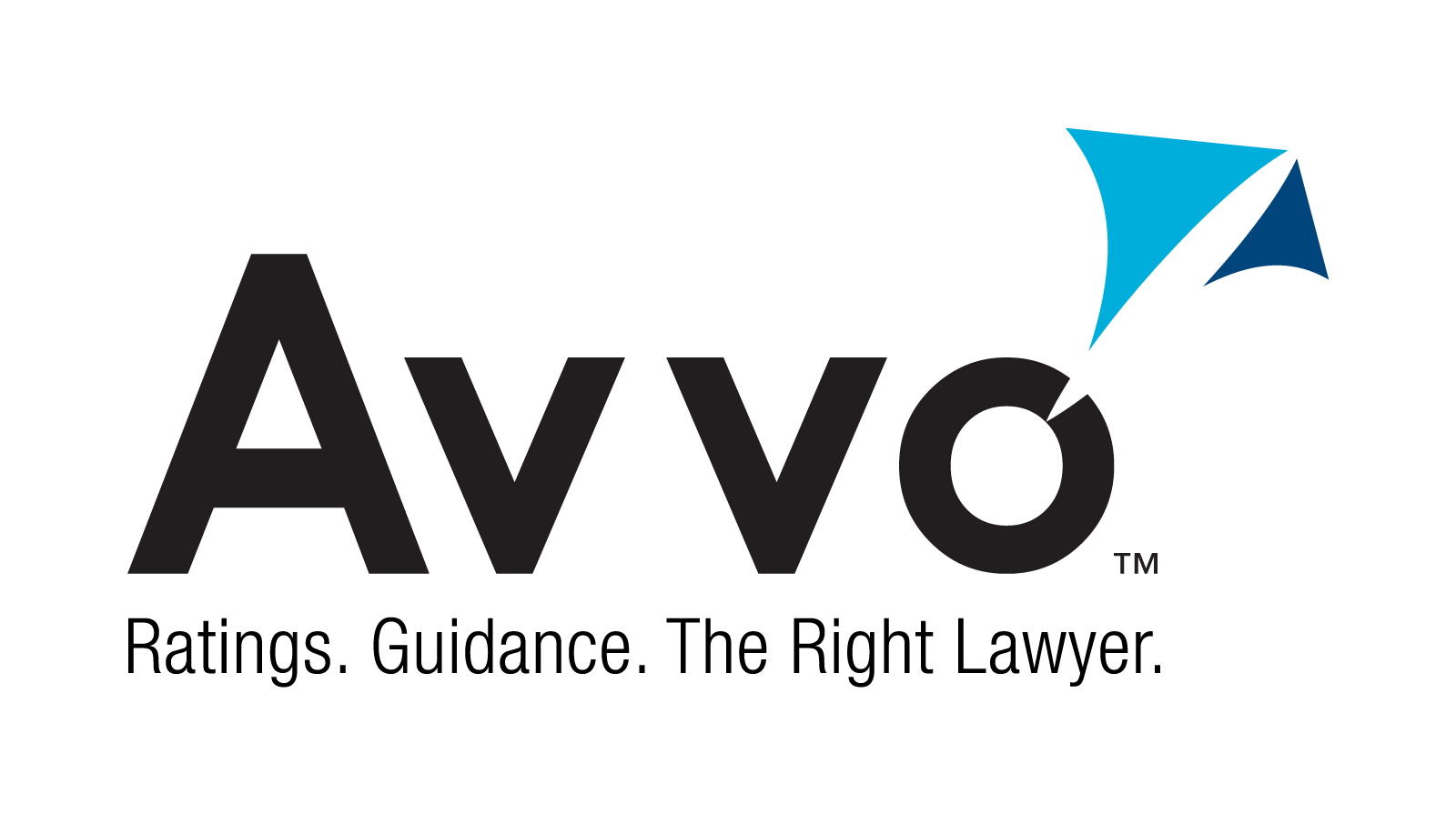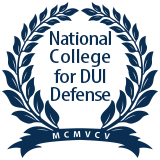Breaking Down the Timeline of a Criminal Case in NY (Felony)
The felony process differs from the misdemeanor process in the beginning stages of the case because there are threshold requirements to charge somebody with a felony and then the Criminal Procedure Law requires people charged with felonies to be INDICTED by the GRAND JURY.
Basic felony timeline:
1. Arrest / Charges filed by police
2. Arraignment / Bail Review
- this is where the judge decides if the person charged with a felony "is a risk of flight" from the county where charged. Then the judge decides if BAIL (i.e. money) needs to be put on the defendant and how much to prevent them from running away. In most cases, any significant bail (i.e. $10,000 cash / $20,000 bond) will essentially lock somebody up for the duration of the case. For serious felonies, the Judge can simply REMAND (or lock up the Defendant) during the case. ***IMPORTANT: if the case looks like somebody will be doing jail time eventually, having bail set on them is the only way they can accrue "time in" which will later be applied to their ultimate sentence. Bail can be used to your advantage to shorten a jail sentence later in the case.
3. Felony Preliminary Hearing (at local court --not county level)
- this hearing is an opportunity to question the police officer, and is required for the prosecutor to prove that charging the felony was appropriate. It is a low standard that is usually met. Then the case is transferred to the County Court level. (called Supreme Court in NY)
- the prelim hearing can also be waived by the defense in exchange for extra discovery from the prosecutor or other deals. This is a very common strategy in most Felony DWI cases in Tompkins County and the surrounding area.
4. Discovery Phase
5. Indictment / Grand Jury Proceedings
- Often, it can take time for a felony to be indicted by the Grand Jury. Alternatively, the prosecutor can decide NOT to indict the case and reduce the charges to a misdemeanor (which will remove the case to a lower court). The Prosecutor has six months to indict a Defendant for a felony charge.
- if the Grand Jury indicts the defendant, then the felony case is on the trial track. Time lines and procedural guidelines must be followed by the court.
Alternatively, a felony case can be negotiated Pre-Indictment --and sometimes this can yield a much better offer from the prosecutor. In this scenario, a Defendant pleads guilty by way of a Superior Court information (SCI).
*6. Negotiation with Prosecutor (usually ongoing process)
*7. Pre-Trial Conferences
*8. Motions / Suppression hearings
*9. Voir Dire
*10. Motions in Limine
*11. Trial
12. Sentencing
At the felony level, a person can only plead guilty after having been INDICTED by a Grand Jury or by means of an "SCI" [Superior Court Information]. An SCI allows the defendant to waive indictment by a grand jury often as part of a plea deal. This can expedite the process for the prosecutor and thereby, encourages them to give a better deal to the defendant.
STORY: I once represented somebody charged with over 50 counts of burglary (a Class B violent felony) in multiple counties. My co-counsel and I negotiated a deal with the local prosecutor that involved my client waiving their indictment and agreeing to be prosecuted by SCI in exchange for pleading guilty to only 1 count of Burglary with the minimum sentence. This was an excellent deal for my client who was facing 20+ years in state prison--and instead, was sentenced to the minimum sentence of 3.5 years (with the likely possibility of being released in 6 months for taking part in a Dept. of Corrections Program). That is my own best example of how pleading guilty by SCI can help somebody charged with a felony.
Request a Free Consultation
Fill out the following form and one of our experienced attorneys will contact you in the next 24 hours to provide you with a free consultation.
“Although no lawyer can guarantee a result, you can rely on Mr. Cyr to do everything that can be done to achieve the best outcome.”



